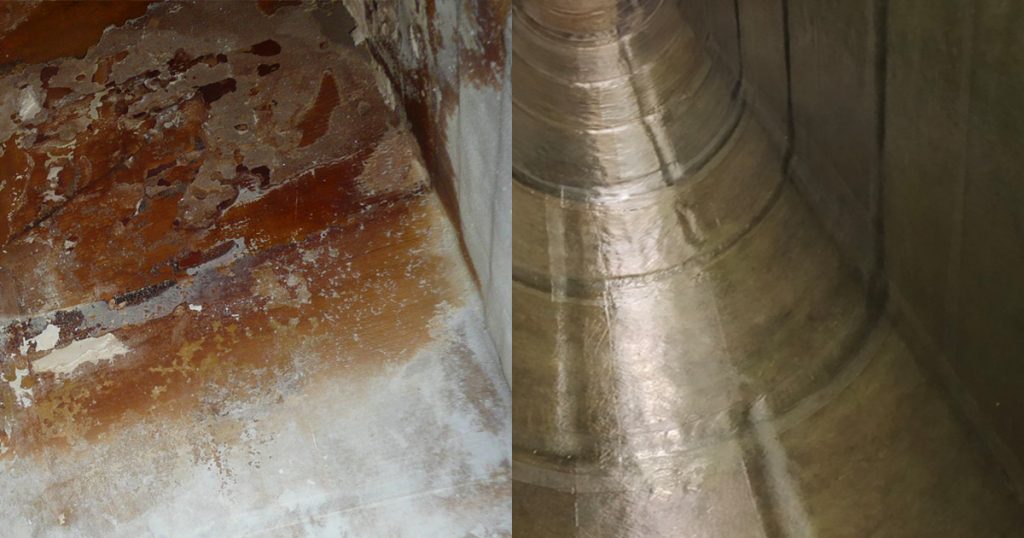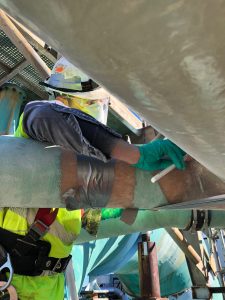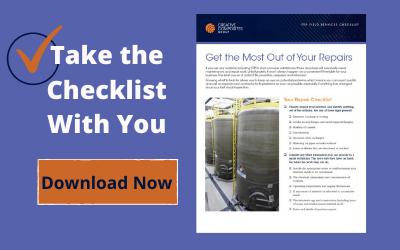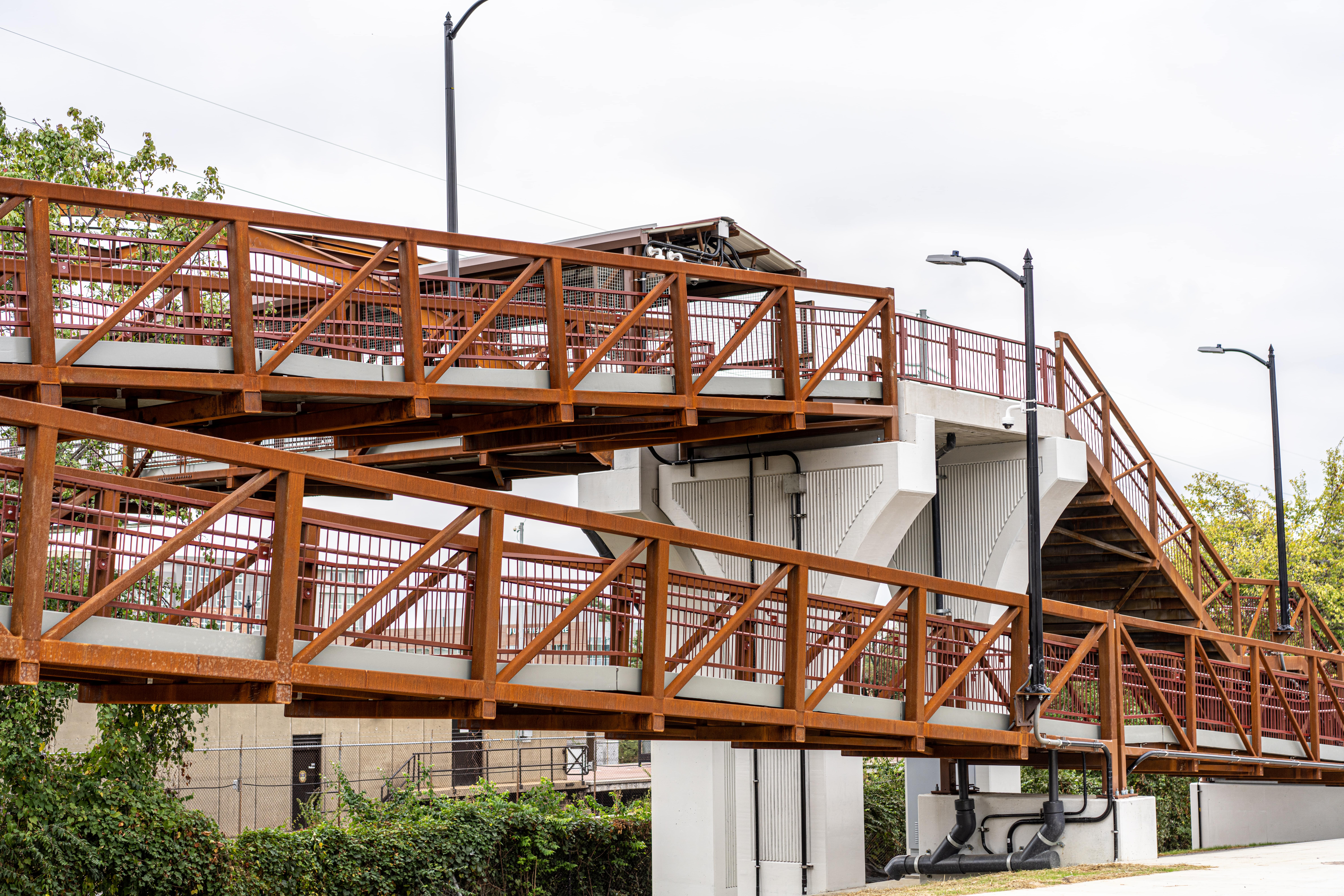
Whether you subscribe to Murphy’s Law (which cynically states that when something can go wrong, it probably will) or lean toward a more objective statistical analysis, an ounce of prevention is worth a pound of cure when it comes to fiber reinforced polymer (FRP) tanks and pipes. According to the Fiberglass Reinforced Plastics Institute (FRPI), “industry failure analysis experts estimate that approximately a third of all fiberglass equipment in demanding service does not fulfill its initial design life without significant future investment in repair or replacement.”
 As good as FRP structures are, the reality is if you use them to store highly corrosive substances, at some point they will need maintenance and repair work, and not necessarily on a convenient time table for your business. The best course of action? Be prepared and be informed.
As good as FRP structures are, the reality is if you use them to store highly corrosive substances, at some point they will need maintenance and repair work, and not necessarily on a convenient time table for your business. The best course of action? Be prepared and be informed.
If you know what to look for and keep an eye on potential problems (e.g. cracks that grow or change), you can usually prevent an issue from turning into serious expense as well as downtime. Leaks for example, if left unchecked, can damage the environment and impact operations upstream and downstream, bringing production to a halt.
Be Repair-aware
If you need to call an experienced contractor, know what to expect from the repair process.
You should also be prepared to provide as much information as possible. For example, if you suspect a chemical attack or damage due to corrosion, gather details like:
- Chemical composition and concentration of contents
- Operating temperatures and regular fluctuations
- Any trace minerals or salts that accumulate inside
- Tank age and construction including types of resins and reinforcement material
- Dates and details of any previous repairs
Your service and repair contractor should also perform a thorough inspection of the inside and outside of your tank, including:
External Conditions
- Barcol hardness (i.e. a measure of penetration resistance and resin cure) at various liquid levels or zones of the structure
- Indoor or outdoor location and environmental conditions
- Hardware condition (bolts, lugs, flanges)
- Foundation and vent condition
- Surface damage (fiber bloom, cracks, crazing, blisters, delamination, leaks, seams)
- Paint or gel resin presence and condition
- Nozzle and other structural attachments (manways, etc.)
Internal Conditions
- Surface appearance
- Presence and condition of surfacing veil
- Barcol hardness at various levels
- Damage (cracks, crazing, discoloration, blisters, delamination, pits, or wrinkles)
- Nozzle and joint overlay condition
- Evidence of chemical attack
See our Repair Checklist if you have equipment in need of FRP repairs.

